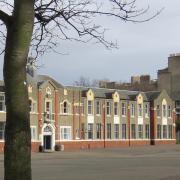
DAVID STERRATT, CHAIR OF DRUMMOND CHS PARENT COUNCIL, INVESTIGATES
Thankfully, Drummond S4–S6s returned at 9.30am today and an announcement about arrangements for S1s–S3s will follow soon.
Clearly, the school closure has disrupted pupils – especially those with exams in 3 weeks – but I appreciate the hard work of the school’s headteacher, management, Council staff, Edinburgh Schools Partnership and Amey in getting the school open again, not to mention the help offered by other schools and the University.
Parents and carers mainly want to know when pupils will be able to get back to school. However, it’s been helpful to me to understand the problem better, so I am sharing my personal research here (not undertaken by or on behalf of Drummond Parent Council).
The ‘construction problem’
There has been some confusion about the exact nature of the ‘construction problem’ that has led to the closure of 17 Edinburgh Schools, including Drummond Community High School.
The Edinburgh Schools Partnership statement mentions a problem with ‘header ties’. It’s difficult to find a clear definition of the term on the Internet. My initial understanding was that this is another term for the ‘wall ties’ between wythes of masonry.
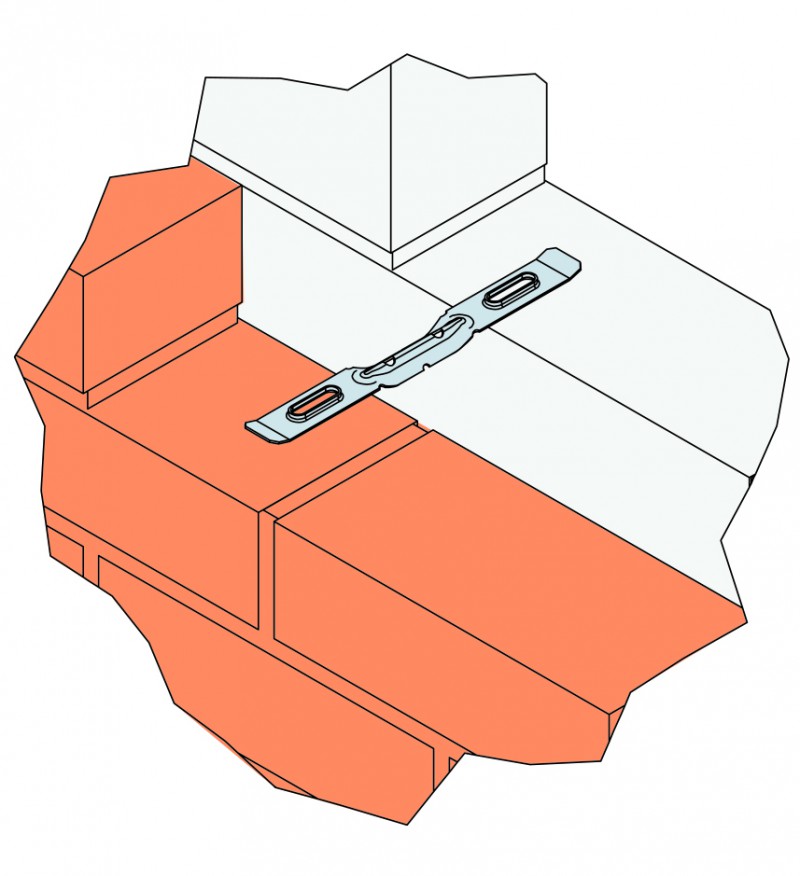
This too was the understanding of Dave Parker, technical editor of New Civil Engineer magazine, who spoke on Monday’s Good Morning Scotland. He went on to explain that a metal detector could be used to check for their presence, and the wall ties can be retrofitted. The wall ties are especially important in holding together the two wythes in high winds, when the outer wall can be sucked outwards.
Confusing definitions
Confusingly, Monday’s Evening News article defines header ties as ‘structural fixings that attach the top of a wall to the wider building, providing extra reinforcement’. This also ties in – no pun intended – with Education Secretary Angela Constance’s explanation earlier on Monday's Good Morning Scotland. Furthermore, in conversation on Twitter, the Oxgangs Primary Parent Information Service (@oxgangs_ppis) reported that the header ties have been retrofitted – and to my untutored eye the picture at the top of the Evening News article showing work being carried out confirms that.
Clarification
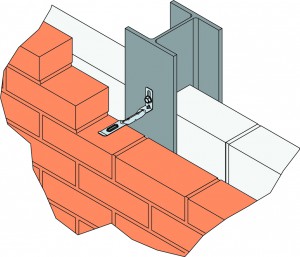
It appears that the frame ties are either missing or installed incorrectly – it is impossible to say which on the information available at present. Accounting for the possible movements and different thermal expansion and contractions of masonry and steel is complex (e.g. Brick Cladding to Steel Framed Buildings, published by the Brick Development Associationa and the British Steel Corporation, 1986), so there is scope for things to go wrong by incorrect alignment or using the wrong type of tie.
To retrofit the wall ties will be ‘not difficult, but long’. To install the frame ties will be a bigger job: there would have to be some removal of the outer brickwork, and it is likely that scaffolding – with the consequent access requirements and time implications – would be required.
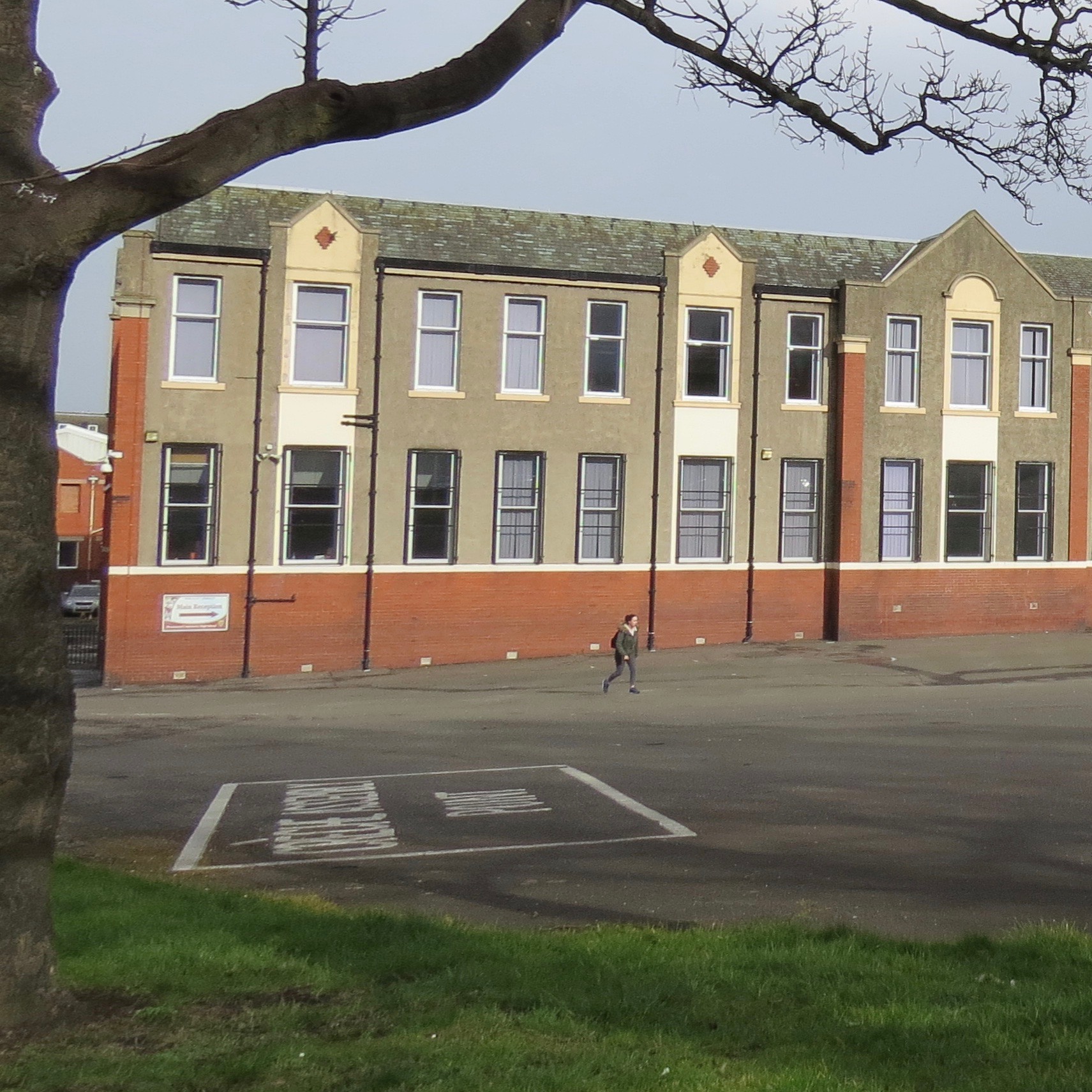
Parker found the whole situation ‘slightly odd’ and said that ‘really serious questions have to be asked about the construction’. Were the ties specified in the architects’ drawings? Was the correct type of tie used and were they installed correctly? He would have expected that the client (Edinburgh Schools Partnership) would have employed a factor of works who would have been on-site checking that the construction was proceeding correctly and signing off each stage as it went along.
This paper trail would then have been submitted to Building Control. Presumably, this all happened. It’s hard to believe that there was a conspiracy, as the cost savings of not using the ties would be tiny. But a cock-up theory would require believing that the same thing went wrong at up to 17 sites – did the team not learn as they went along?
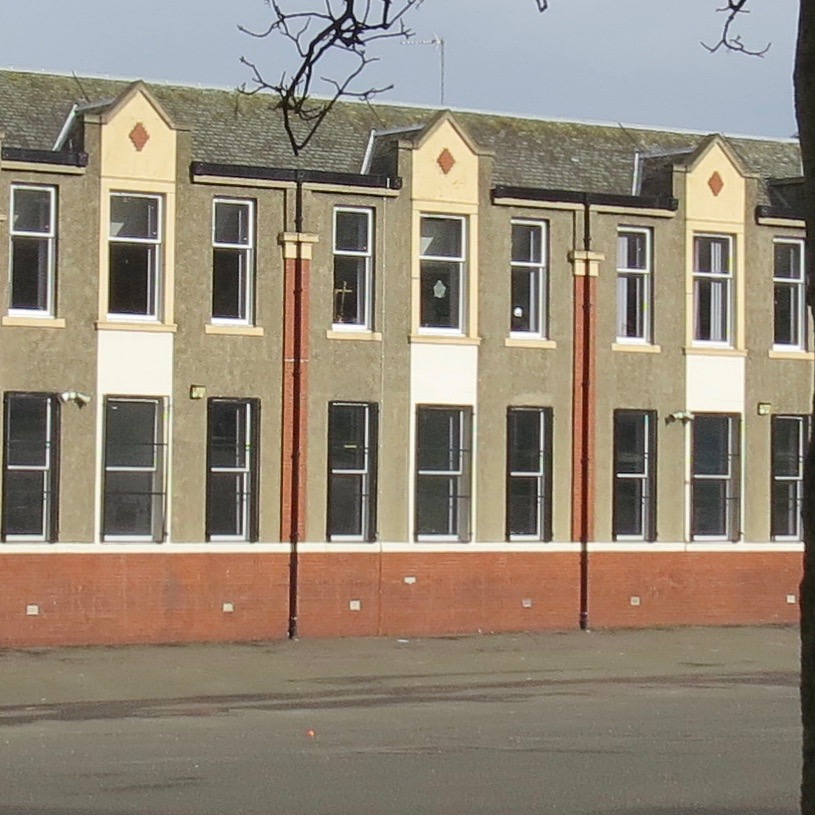
More broadly, there has been a shift in the construction industry towards contractors taking on more of the design work from designers and architects. In Parker’s view, early contractor involvement has been successful for road schemes. In building projects, architects tend to be conservative and produce a ‘Rolls-Royce’ specification using tried-and-tested materials and technology. Contractors are more willing to use new technology, based on experience. Often this works, but not always.
Malcolm Fraser, in the context of an interview on Tuesday’s Good Morning Scotland in which he was highly critical of the PPP method of funding, acknowledged that ‘Things can go wrong on site under any method ... Professionals are trusted less and instead the contractors are trusted to police themselves. There is no independent engineer, no independent architect … tasked to stand outside the process, inspect the work and ensure that these sorts of things don’t happen’.
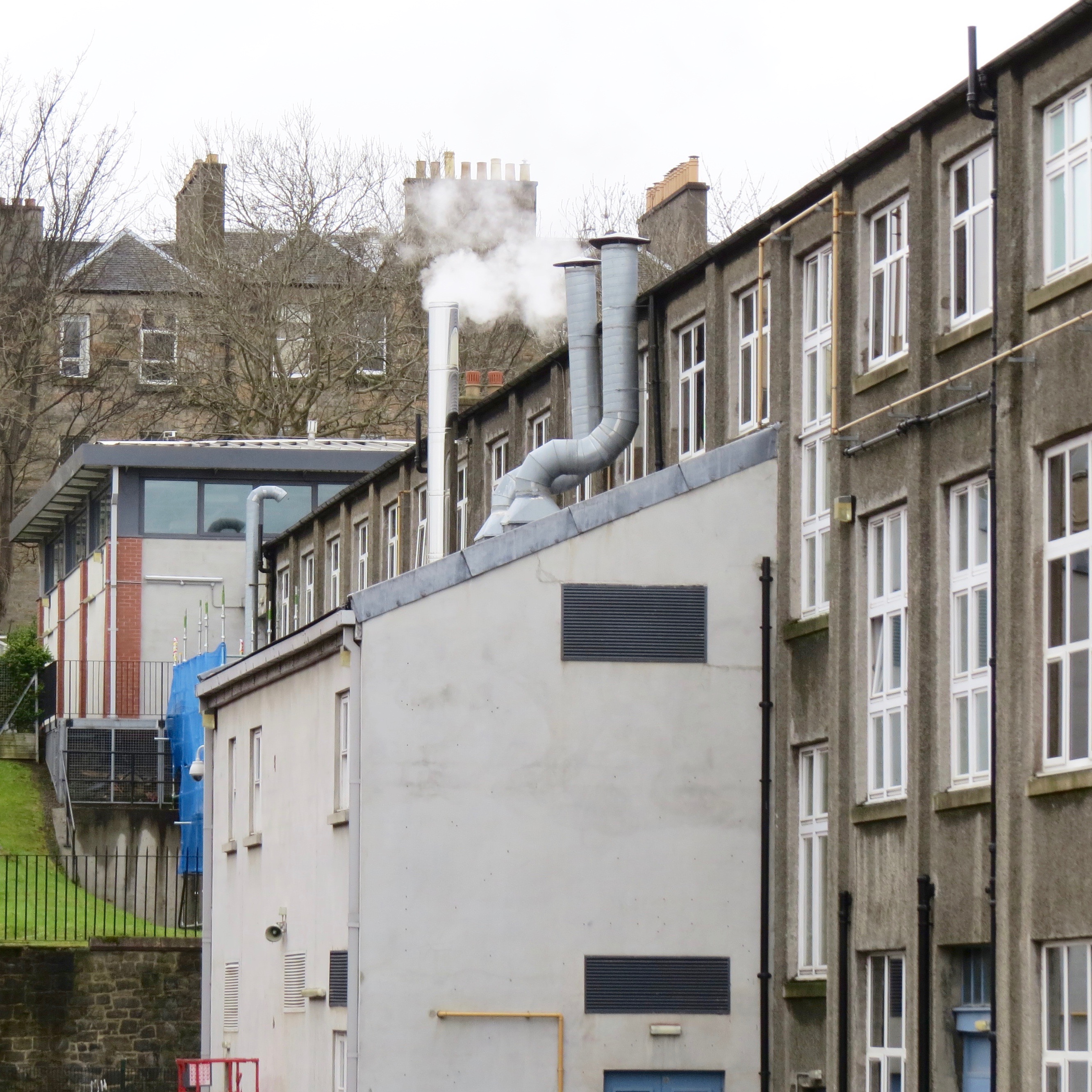
I’ve an open mind about whether PPP has contributed to or is unrelated to the construction problems – I know of buildings not funded by PFI that have had serious construction errors.
But, once the work of getting pupils back to school is over, I would hope that there is a transparent investigation into how this problem arose.
UPDATE: Drummond CHS S1–S3s should return to school tomorrow (Thursday). Report to the concourse at 9.00am. Packed lunches will be provided for all those who normally take free school meals. CEC says 'Other students should either bring a packed lunch or money to buy lunches outside of school. Vending machines are available at break times'.
-----------
Got a view? Tell us at
spurtle@hotmail.co.uk and @theSpurtle and Facebook
-----------------------------------
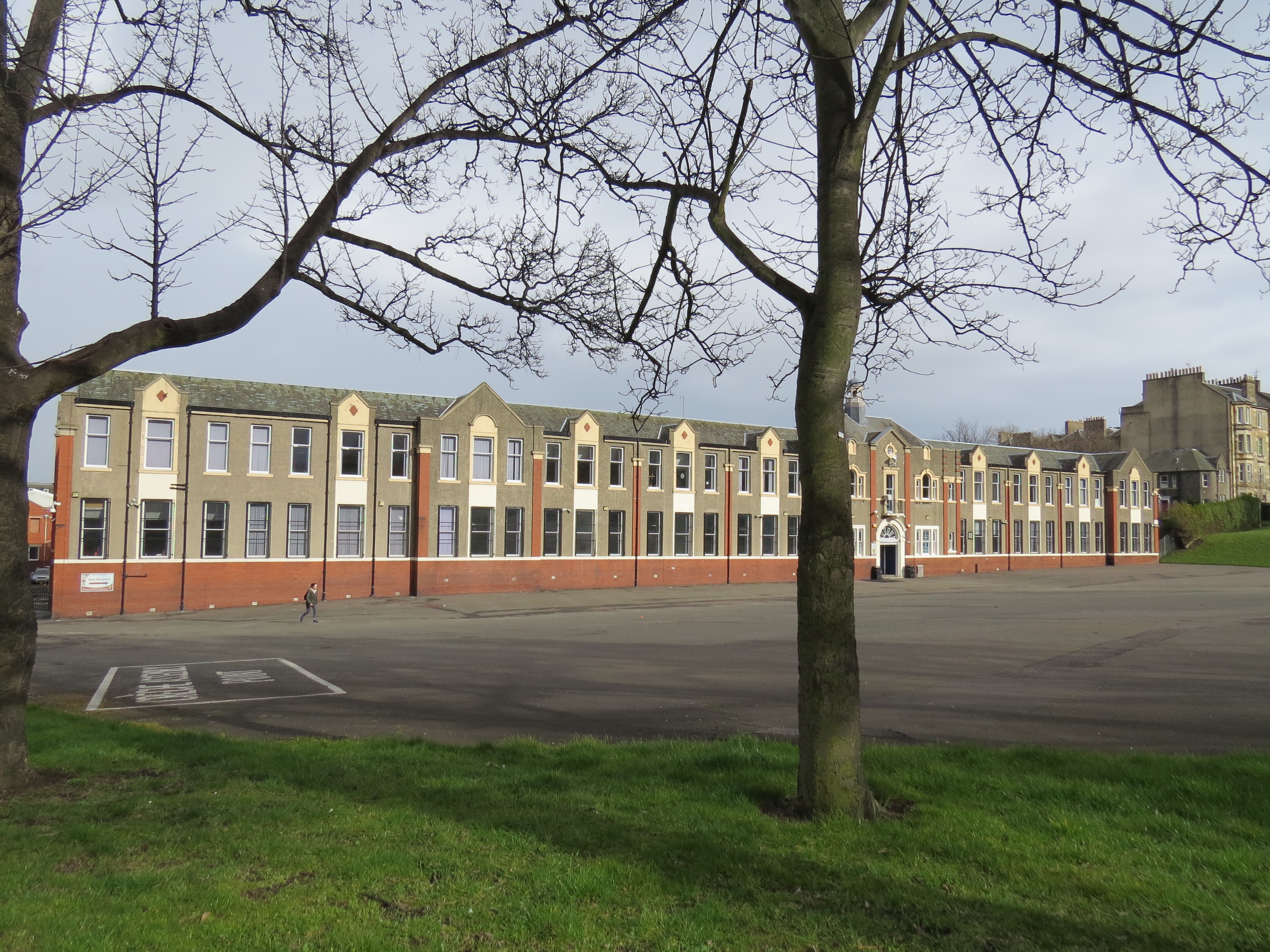
@theSpurtle this is the best explanation of the Edinburgh schools problem I've seen anywhere - congratulations to you and the author.
.@thespurtle I've also been confused by "header ties." Thanks for a well written explanation.
@DavidSterratt @oxgangs_ppis @BBCAileenClarke @theSpurtle ok and oxgangs has been shut again for 4 weeks pretty much so far
@mrsgridlock@oxgangs_ppis@BBCAileenClarke@theSpurtle Yes, I'd be expecting months. Thankfully for us Drummond is 80-90% old-build.
How on earth could it have been possible for builders, such as Miller, to leave out wall ties in, not just one, but a number of buildings?
.@DementedBonxie and how can it be the case that Building Standards Officers failed to notice??? @theSpurtle
 Robin Gillanders Excellent reporting.
Robin Gillanders Excellent reporting.
This is really helpful on what may have happened with Edinburgh schools building projects.
Helpful explanation of what (possibly) went wrong at Edinburgh schools - and kept my two eldest at home this week
 Alistair Grant @alistairkgrant
Alistair Grant @alistairkgrant
@theSpurtle Really useful piece!







